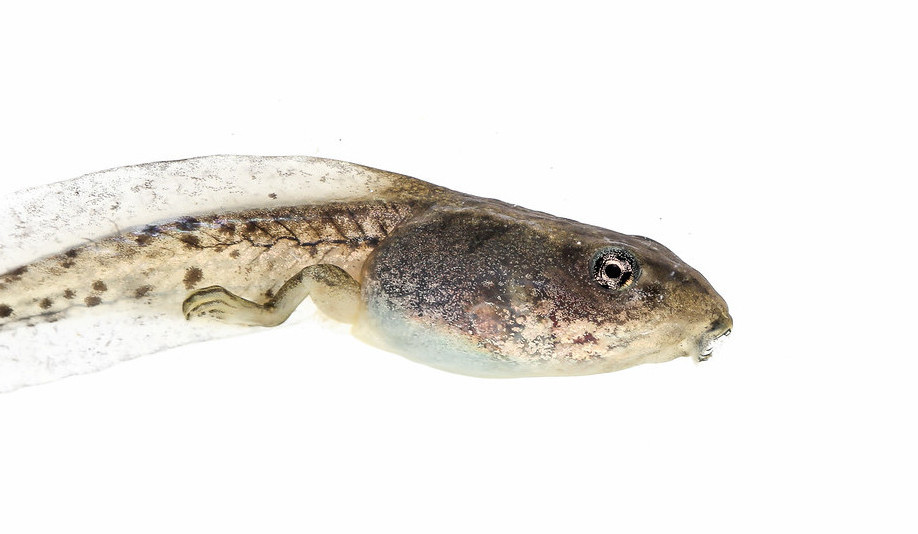
A collaboration with former NIMBioS postdocs Angela Peace and Suzanne O’Regan, along with UT’s Matt Gray, has culminated in a new study in Ecological Modeling that investigates the dynamics of a highly virulent ranavirus and helps to illustrate its threat to biodiversity in North America.
Globally emerging pathogens that affect amphibians, reptiles and fish, ranaviruses have caused catastrophic die-offs of thousands of larval wood frogs. In some cases, population projection models suggest that ranaviruses can cause outright amphibian extinction.
Using a highly virulent chimeric ranavirus recently discovered at a bullfrog farm in southern Georgia, the researchers combined experiments and disease modeling to examine the potential consequences of the ranavirus on wood frog tadpoles.
The disease models included multiple transmission pathways—direct contact, environmental transmission via pathogens in the water, and transmission via feeding on dead individuals. A novel modeling approach, the study also incorporated multiple host infection stages and analyzed effects as the disease progressed, which appeared to strengthen the models’ predictions.
The model simulations predicted 100% mortality of a wood frog tadpole population in two weeks.
The authors recommend that surveillance for the pathogen occur at a minimum in the river watershed, and that disease management strategies should be prioritize spatial containment of the pathogen.
All transmission pathways in the study had high invasion potential and so targeting only one transmission pathway is unlikely to be effective, the authors wrote.
Citation: Peace A et al. 2019. A highly invasive chimeric ranavirus can decimate tadpole populations rapidly through multiple transmission pathways. Ecological Modelling 410: 108777.
